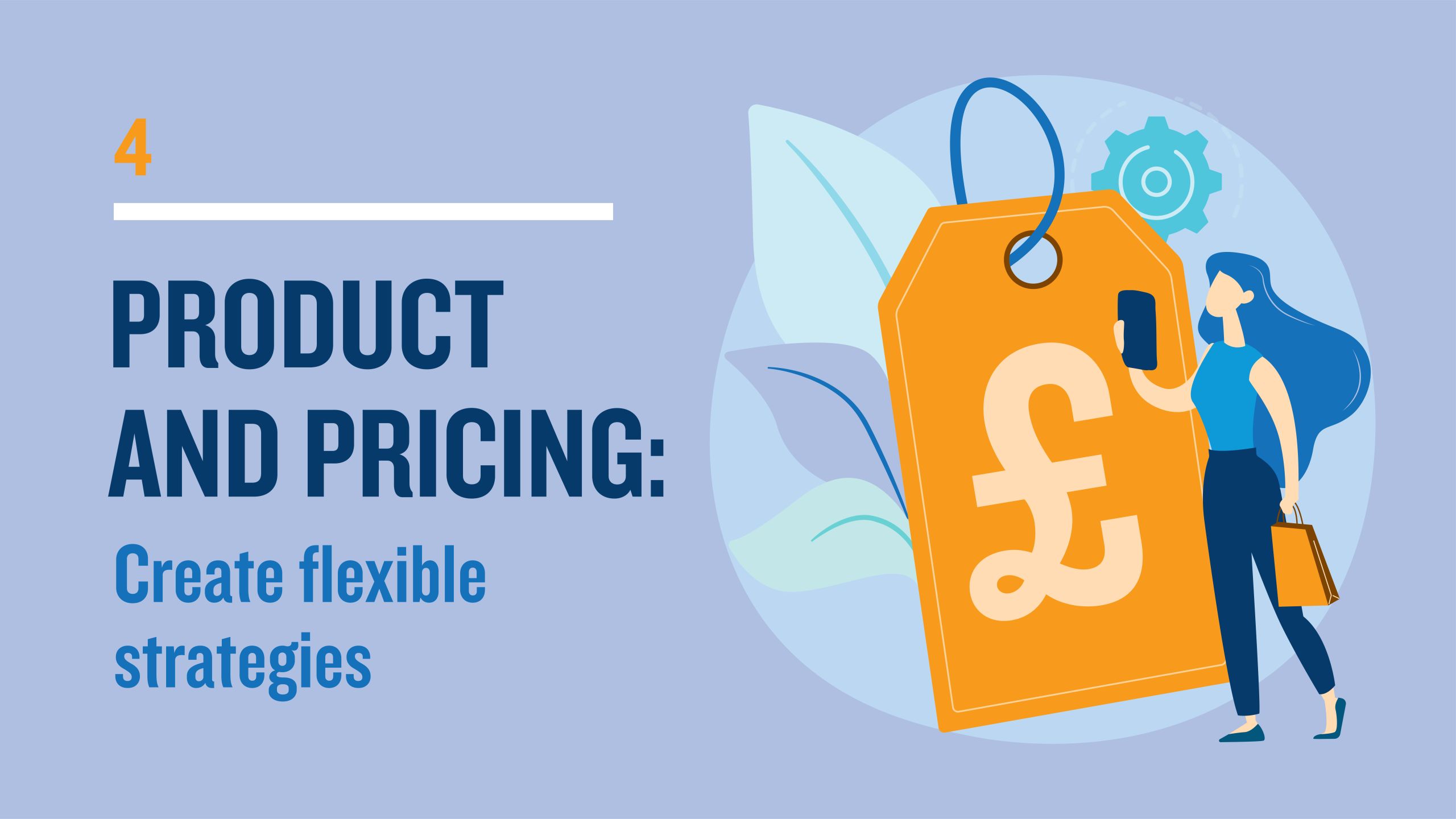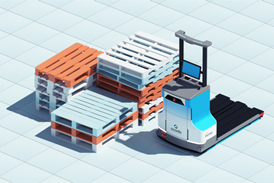
Customer behaviour has fundamentally and irreversibly changed during the past year. For example, 44% of global consumers say they will do more grocery shopping online even when restrictions are phased out, according to EY’s Future Consumer Index from May 2020.
Retailers have learned that they must be as agile as possible to adapt to consumer trends, whenever and however they appear, and where possible get ahead of the curve.
Tableau, the world’s leading analytics platform, looks at how leading retailers have adapted to create value and meet consumer demands in its ebook Retailers, Moving to Understand Changing Demands. The ebook examines how retailers can improve flexibility yet remain solid in their processes and how data can inform these new strategies.
Here, we lay out four ways data can tackle the toughest business challenges and power agility in times of uncertainty.

One thing clear about the post-pandemic world is that it is the retailers with an agile approach to their supply chains that will succeed and grow.
Think online retailer Boohoo, which swiftly pivoted to loungewear and nightwear within weeks of lockdown, thanks to its flexible supply chain, and reported a 45% increase in sales in the six months to August 31, 2020.
Or luxury marketplace Farfetch, which was able to lean on its distributed supply chain to keep delivering as different regions locked down. It saw sales soar by 74% in the three months to June 30, 2020.
Investing in data capabilities is key to achieving this flexibility. Until now, efficiencies in the supply chain meant keeping things low-cost and lean – a strategy that exposed weaknesses across retail during the early days of the pandemic.
As consumers adapt post-lockdown once again, businesses must understand how they want to shop now. For example, 86% of consumers are likely to continue to shop online or on mobile after all restrictions are lifted, according to PwC’s Global Consumer Insights Survey 2020.
“Tracking allows us to find the anomalies that pop up and react to them quickly”
The challenge lies is spotting these new consumer trends and staying ahead of them. At fashion retailer Abercrombie & Fitch, this meant integrating customer and merchandise data from 865 stores worldwide, creating a unified inventory view across stores and online.
According to Abercrombie & Fitch senior manager of product-facing solutions Daniel Trimmer, tracking sales over time and by customer segment offers a clear view of trends.
“It allows us to find the anomalies that pop up and react to them quickly,” he says.

Customer experience must begin and end with the customer. Retailers can only deliver an enhanced experience by better understanding what they already know about their customers and using that to predict their future preferences.
Translating data it already had from its 16 million ‘members’ has allowed US outdoor brand REI Co-op to personalise both the in-store and online experience. It achieved this by uniting different sources of data into a single view.
“One of the core things is the ability to take the data accessible to us and have those insights drive our strategy and a better customer experience”
Clinton Fowler, director of customer and advanced analytics at REI, said analysing the complete consumer journey helped it place the customer experience at the centre of every business decision.
He added: “One of the core things at REI is the ability to take the data accessible to us to discover the insights, and have those insights drive our strategy and a better customer experience.”
Today’s consumers are demanding ease of use, convenience and increased personalisation. Understanding your consumers’ specific needs in real time will help you to create a deeper connection with existing customers while converting new ones.

Successful retailing has always hinged on maintaining balance and collaboration between operations, supply chain, merchandising and marketing.
This will be no less true as we move into the next normal, but to keep pace with market trends and continually improve your CX, every part of your business must remain completely customer-focused.
Creating a single source of data where teams can find up-to-date intelligence on what is happening right across the business is vital.
“Knowing we can use this data to improve our customer experience, drive more customers to our product and create a better experience for all stakeholders is the critical value of data”
According to Jamie Lahiere, senior technology change management lead at Amazon-owned grocery retailer Whole Foods Market, having a data-driven culture is incredibly important to the business, which spans the UK, US and Canada.
At Whole Foods, 18,000 users across its 460 international stores now work from the same data sources. It aims to deliver operational efficiency while also improving the customer experience.
Lahiere added: “Knowing we can use this data to improve our customer experience, drive more customers to our product and create a better experience for all stakeholders is the critical value of data for our company.”

Post-pandemic consumers are expected to be more frugal and more at ease shopping around online for the best deals.
Speaking at John Lewis Partnership’s results in March 2021, chair Dame Sharon White described Covid-19’s impact on consumers and their finances as an “economic earthquake”. Price will be top of mind for shoppers and a key battleground for retailers.
Sales, product and pricing data hold the key to reacting quickly to customer demand and broader market trends. Bringing it together in a single point of view will help your teams to make critical decisions on product and pricing that meet those demands.
“Our data-driven strategy is helping the business work through the pandemic and adapt to the new business reality. We can react with greater speed and clarity”
For Huel, the nutrition-powered food specialist, giving its teams the ability to explore data from across the organisation has uncovered actionable insights in product offering and customer experience.
It also helped the company track consumer trends during its biggest Sales period in January. Using real-time data on shopper behaviour and buying patterns, Huel can predict its January daily sales with 98% accuracy.
Ecommerce director Ollie Scheers says: “Our data-driven strategy is helping the business work through the pandemic and adapt to the new business reality. We can pivot and react with greater speed and clarity.”
The pandemic has shown us all that we can’t know for sure what the future holds. Adapting to the next normal and beyond will require retailers to become more agile and flexible than ever.
Equipping your teams with access to data from across your whole organisation will ensure they have the tools to turn that into insight you can act on, creating business growth and keeping you ahead of your competitors.
For more about how data can boost business agility, download the full ebook Retailers, Moving to Understand Changing Demands.
Four ways data can power business agility
Produced by Caroline Parry, Stephen Eddie and Laura Reid in partnership with Tableau





















